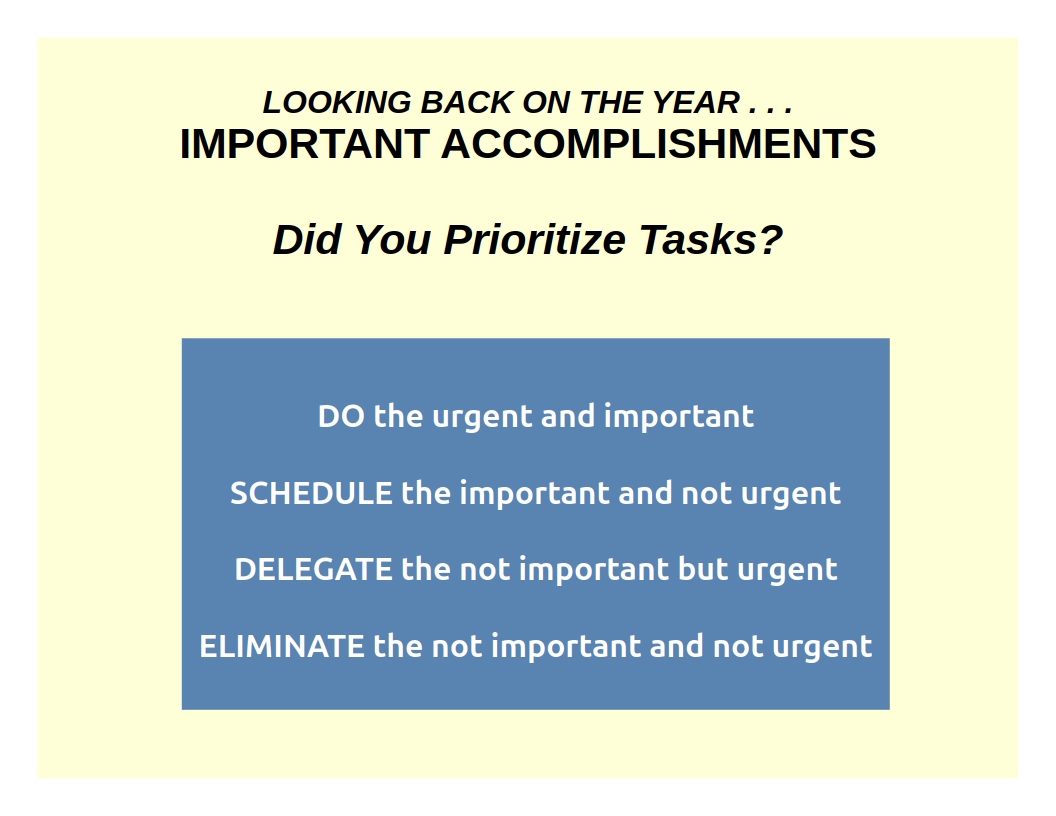Traditional planning is static. If there is a written plan, we see the plan formulated, documented in writing, presented at a meeting, and then put on the shelf to be consulted for next year’s retreat. This is the opposite of a forceful and changing dynamic plan. A dynamic plan can accomplish continuous improvement in business performance over time resulting in increased profitability. How does a static plan become dynamic?
The answer is in the format of the plan. To be forceful a plan must be understood and implemented at all levels of the business – operational as well as management. The actions to realize plan goals must be monitored and the results known at all levels of the business – especially the policy-making group. A plan is dynamic when the format of the plan narrative provides complete and immediate notice of all of the following: the plan narrative, actions to be taken, results of the monitoring of those actions, and revisions to the plan.
The plan starts with the decisions of the policy-making group about strategy. The action plans are implemented by the executive officers. As the action plans are being executed, those charged with executing the action plans will change the plans to accomplish the task. The plan format should allow changes to the plan to be known at all levels of the business.
The plan experience will be evaluated, frequently by those from the policy-making group. At the highest level, the policy-making level where strategic planning is adopted, the planning does not have to be revised as much as at the operational level where action plans are being executed. It is at the operational level the planning is frequently changed, but often the changes are not documented. These informal changes are often what accomplishes the action plan, but others in the business, especially those in the policy-making group, do not know about these changes. Frequently that is because those who change the plan are not sure they have authority to change the plan but the changes are done extemporaneously to accomplish the task. These changes at the operational level should be documented on the format and encouraged. This is done with the understanding that operational adjustments often are necessary and need to be made expeditiously, but these changes also should be known by management and the policy-making group. The plan format should support the communication of these changes as they are made.
If the members of the policy-making group do not know about changes to the action plan at the operational level, their evaluation of actions taken and implementing revisions and further planning will be flawed. Those taking action should be able and required to amend the action plans. In this way, changes are communicated up and down the hierarchy of management. Moreover, changes are occurring with experience, and revisions to the plan are written coterminously with the decision to change at the operational level. Those charged with execution of action should be empowered and required to change the action planning. When this is in place, the plan becomes an effective form of communication within the business.
Planning is more than creating a plan narrative, it is providing the format for the communication of the decision-making process of the business. The constant questioning of goals, selection of actions, identification of milestones, and determining revisions should be a series of seamless, constant activity. It is this activity that will enable consistent improvement of performance over time. In business, we must establish a process to make good decisions that are documented in planning that is constantly evaluated and revised at all levels. That is the essence of excellent business performance – continuous improvement in performance over time resulting in increased profitability.
In his substack, Owning A Business, Rick Riebesell has described the implementation and execution of a dynamic planning process in a number of posts about Dynamic Planning and the Prior Diligence strategy.




